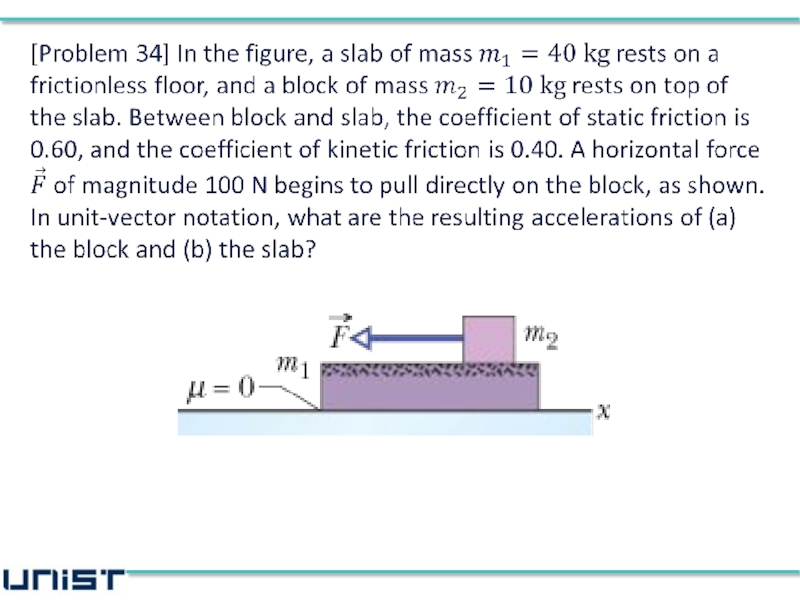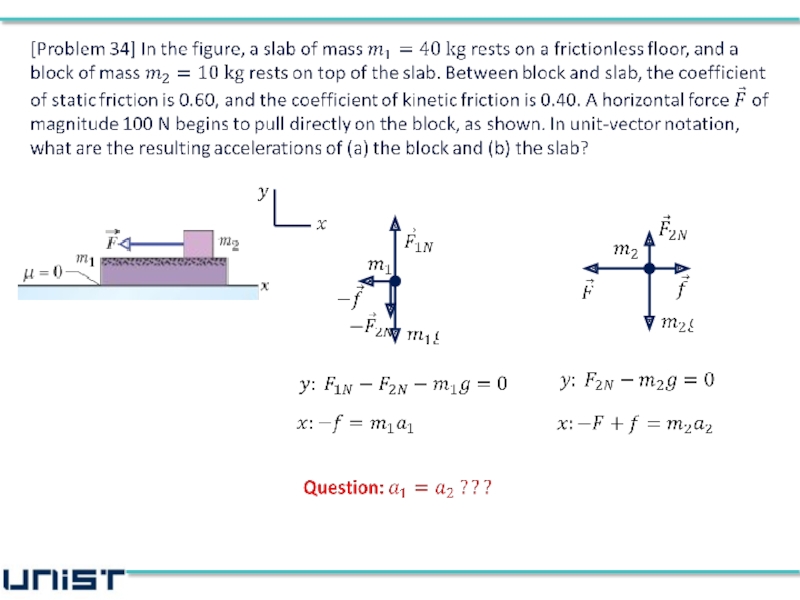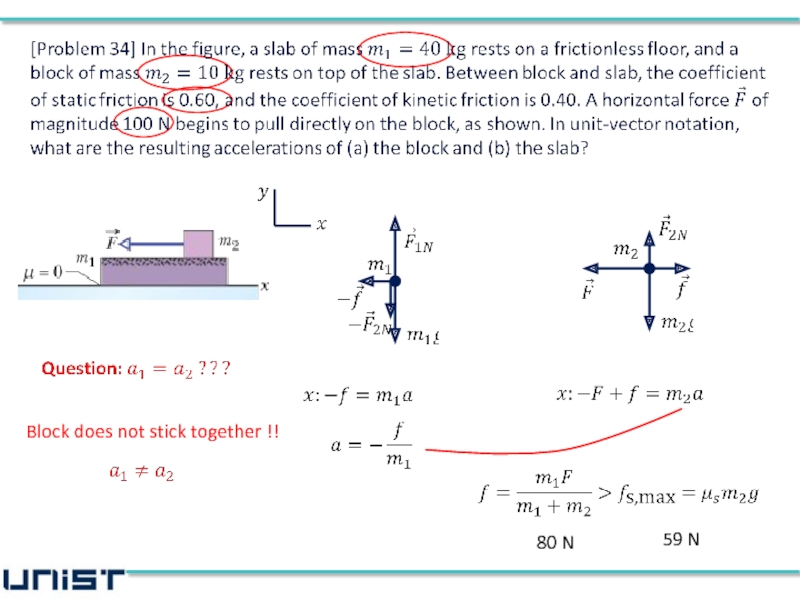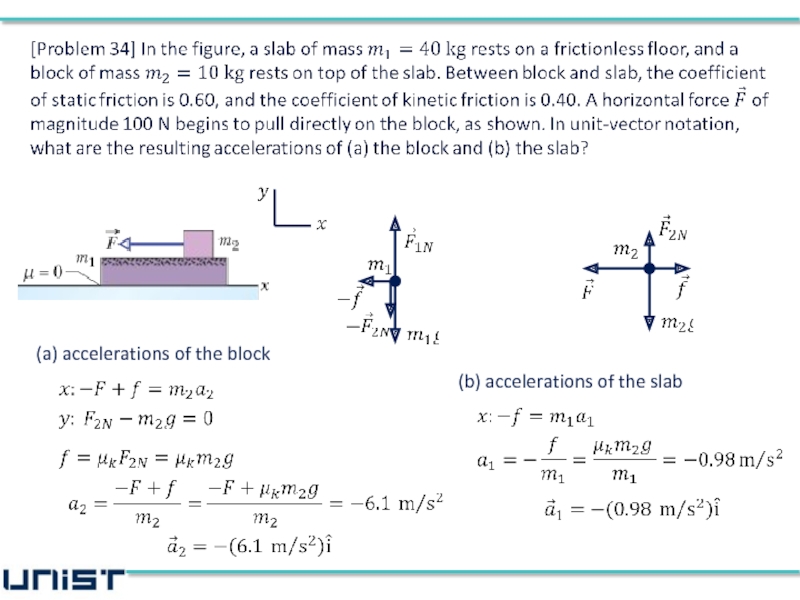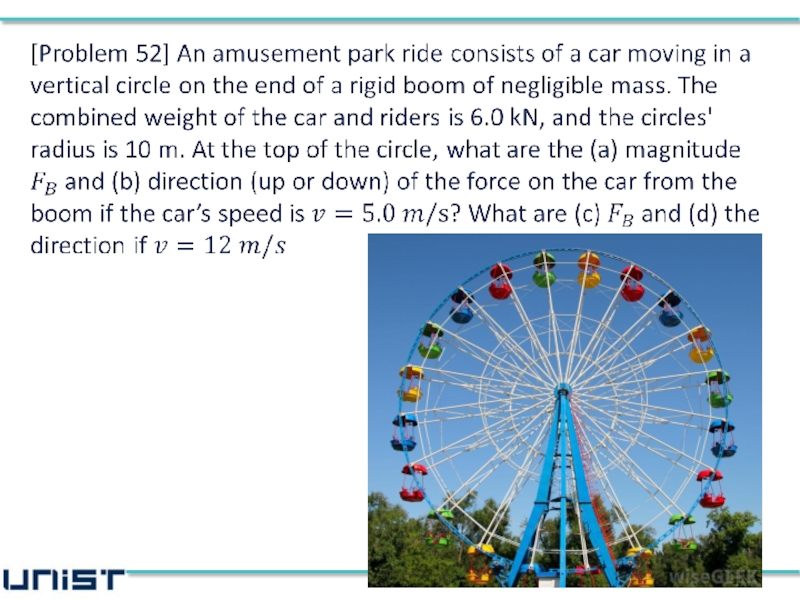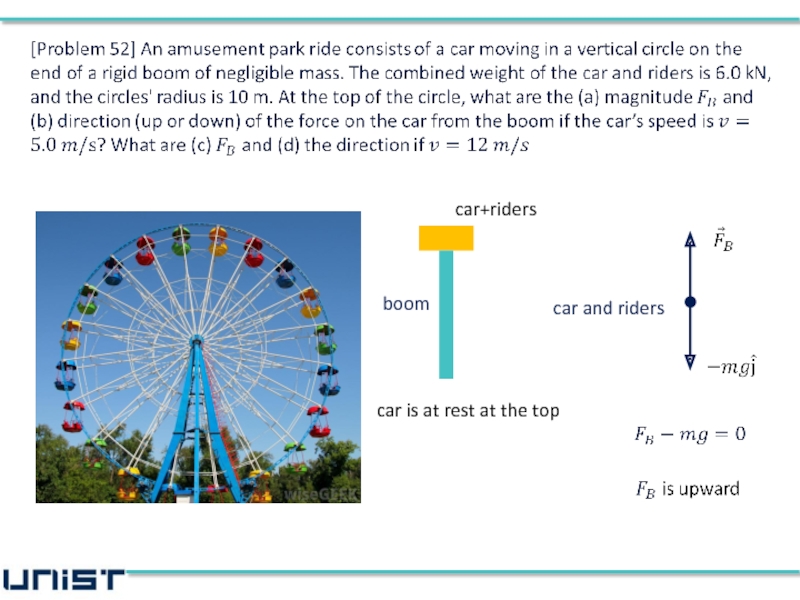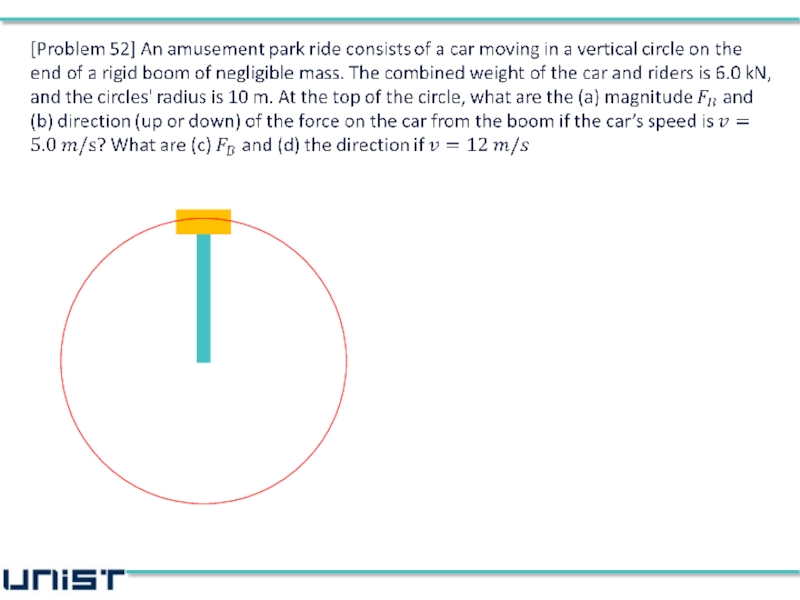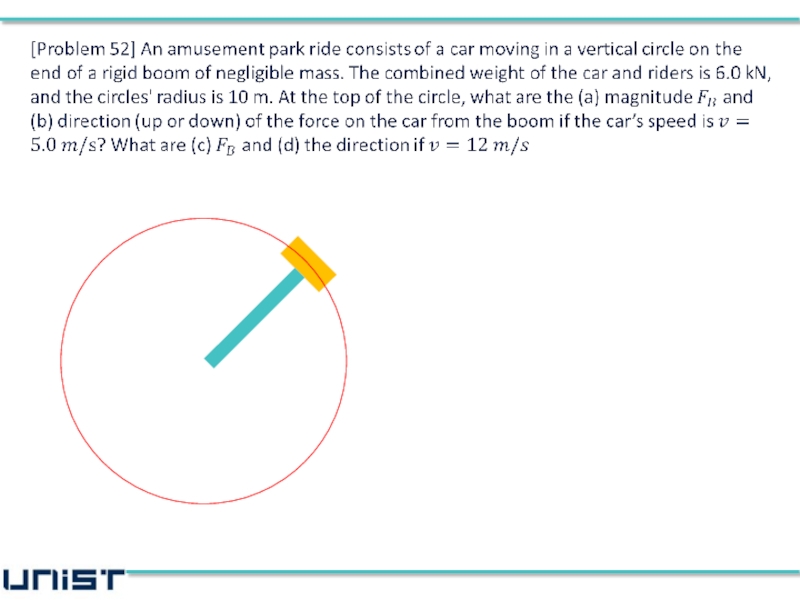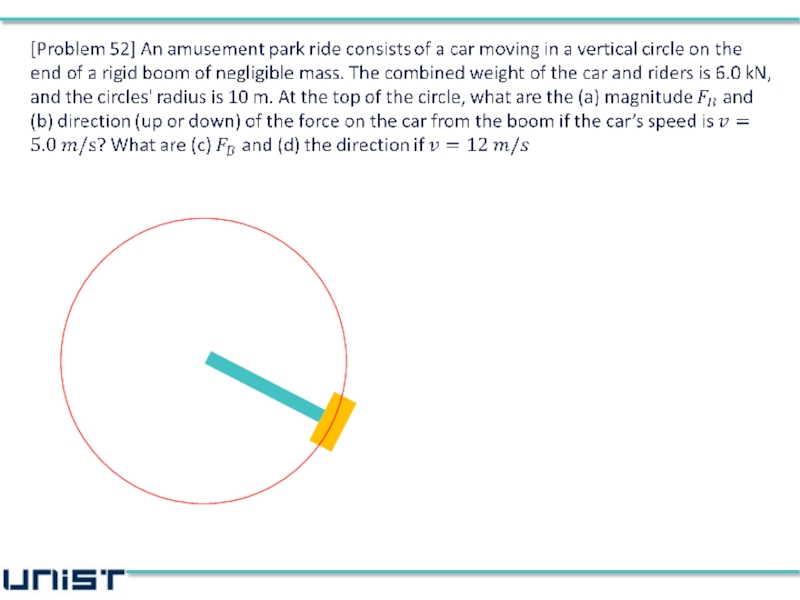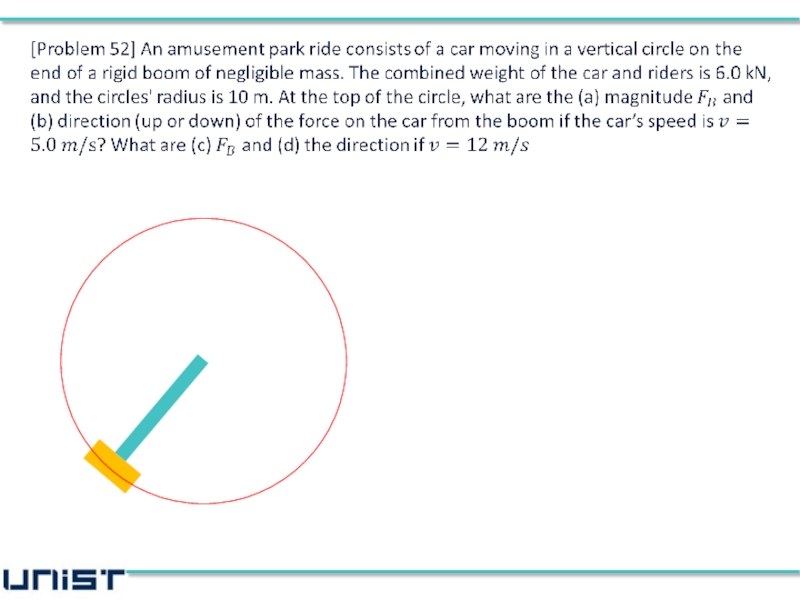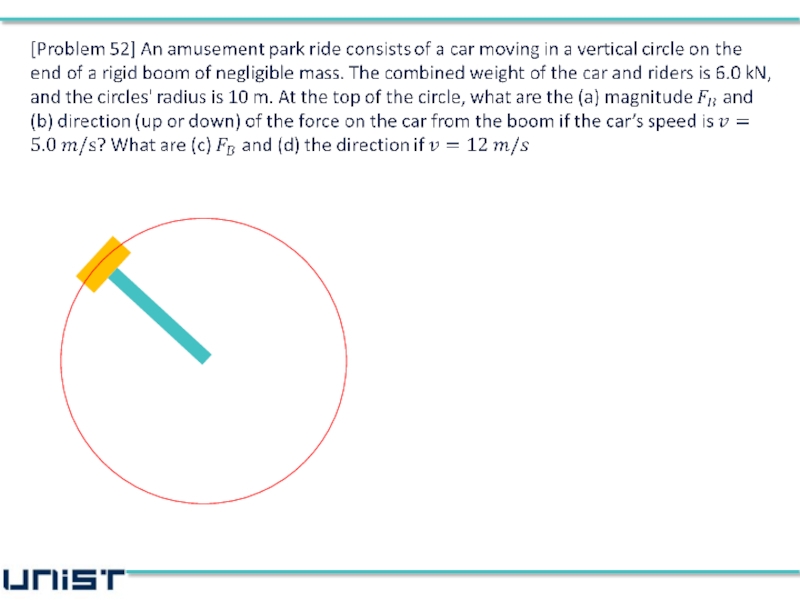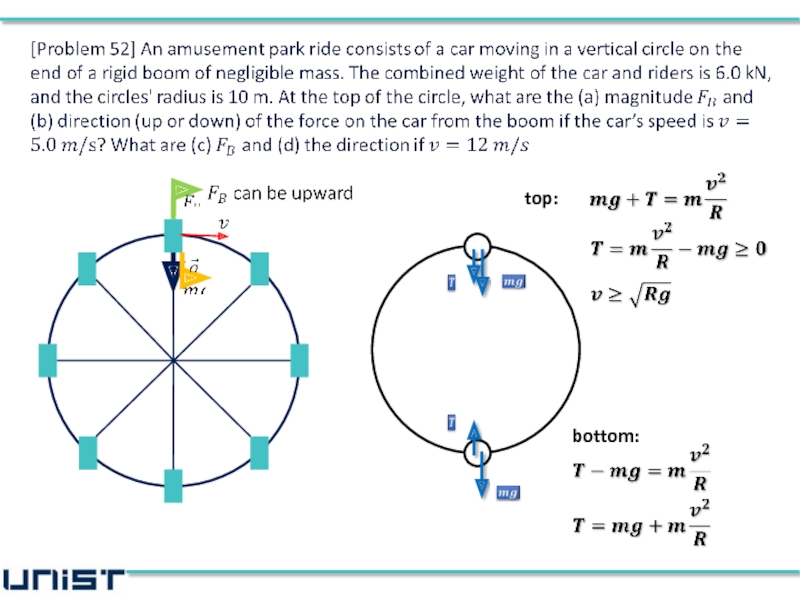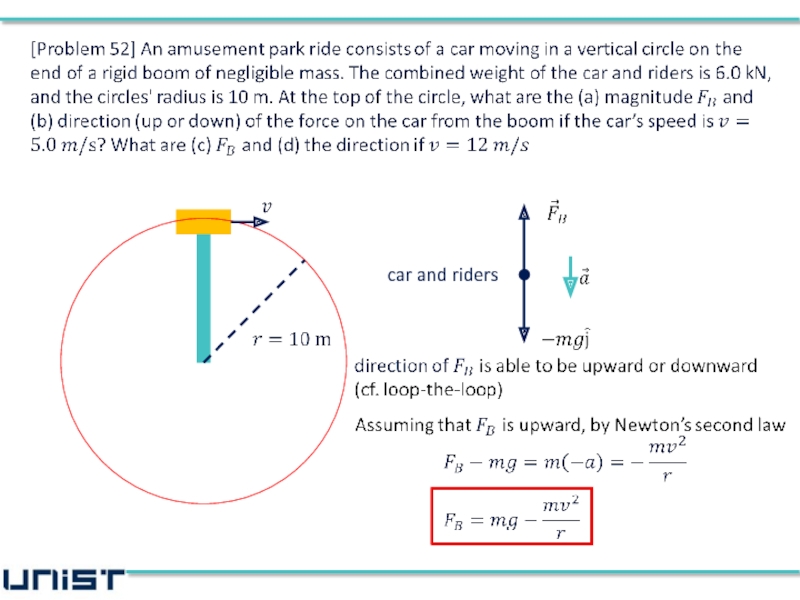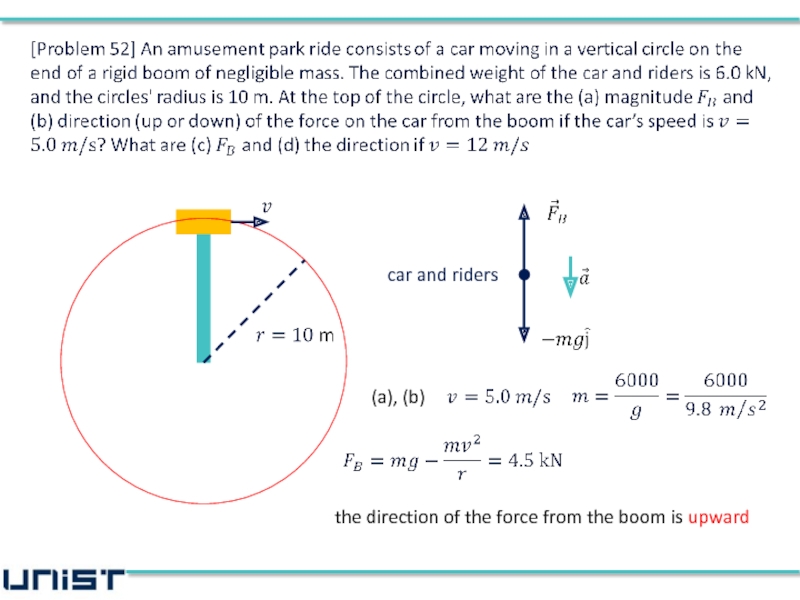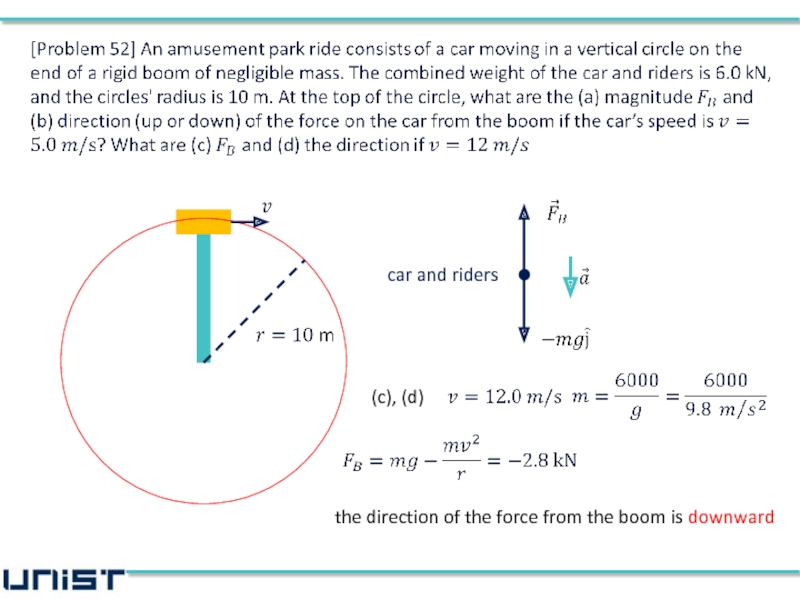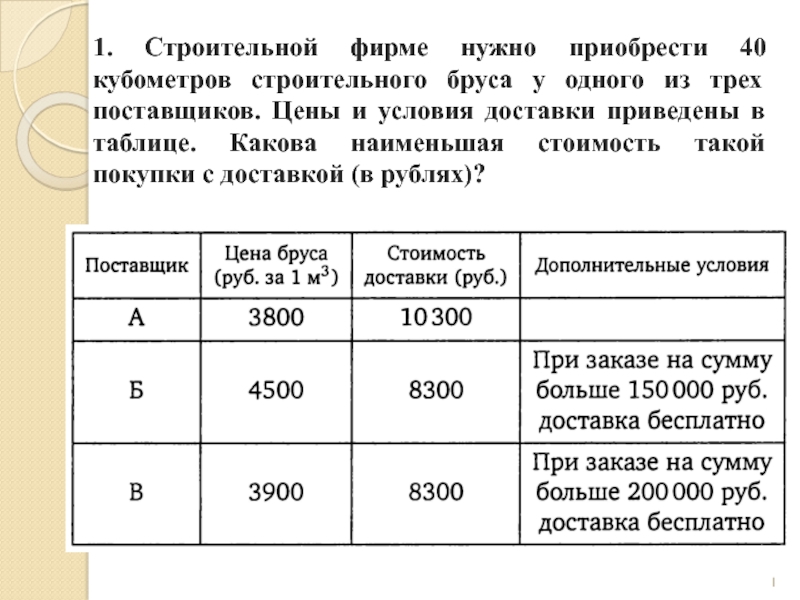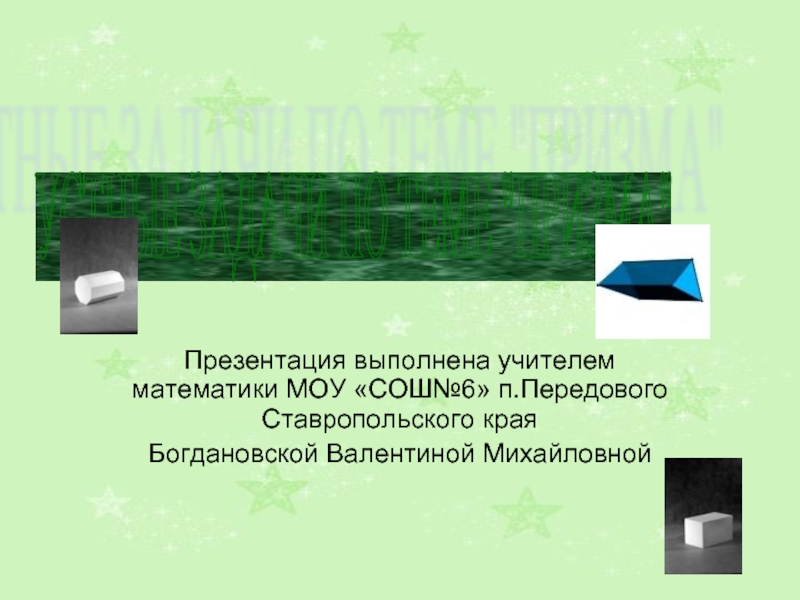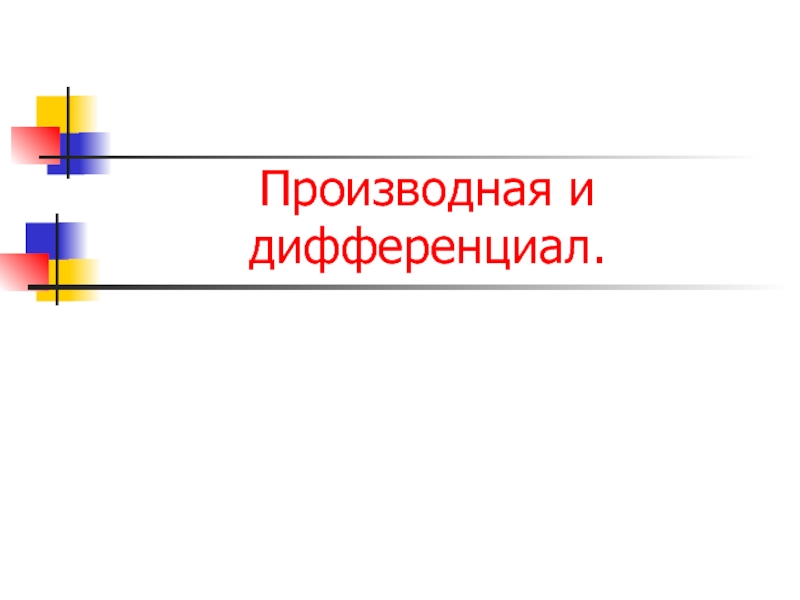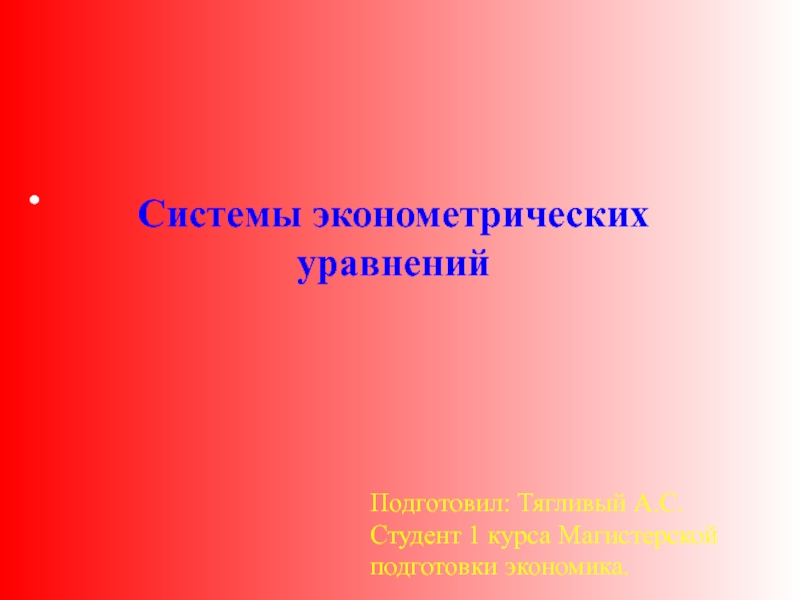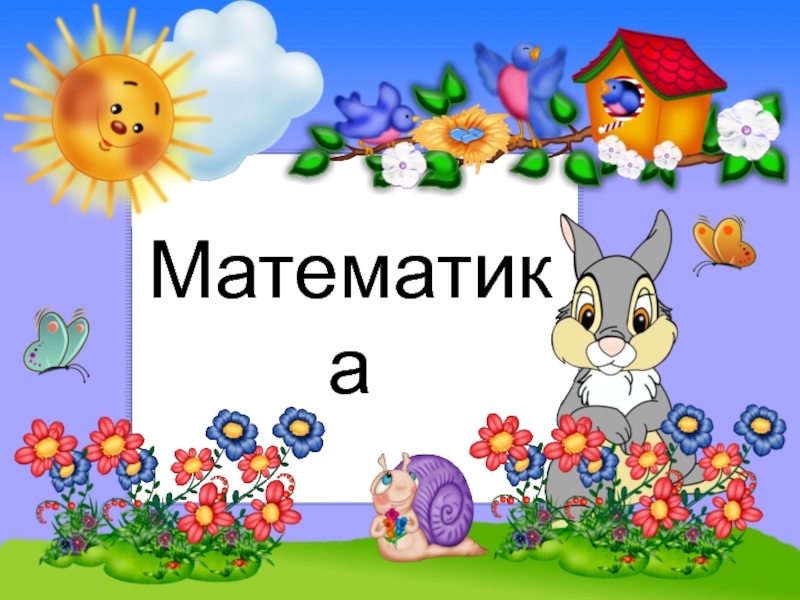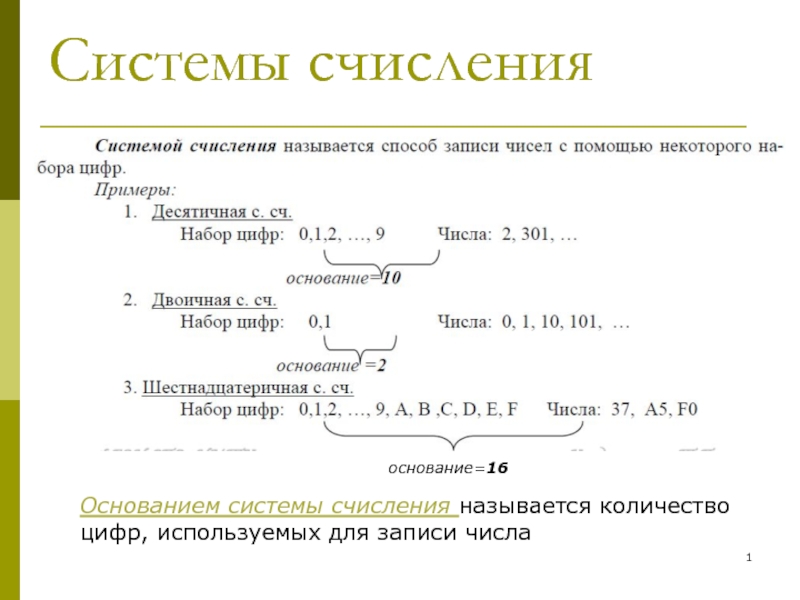- Главная
- Разное
- Дизайн
- Бизнес и предпринимательство
- Аналитика
- Образование
- Развлечения
- Красота и здоровье
- Финансы
- Государство
- Путешествия
- Спорт
- Недвижимость
- Армия
- Графика
- Культурология
- Еда и кулинария
- Лингвистика
- Английский язык
- Астрономия
- Алгебра
- Биология
- География
- Детские презентации
- Информатика
- История
- Литература
- Маркетинг
- Математика
- Медицина
- Менеджмент
- Музыка
- МХК
- Немецкий язык
- ОБЖ
- Обществознание
- Окружающий мир
- Педагогика
- Русский язык
- Технология
- Физика
- Философия
- Химия
- Шаблоны, картинки для презентаций
- Экология
- Экономика
- Юриспруденция
Recitation class презентация
Содержание
- 1. Recitation class
- 2. Chapter 2
- 3. [Problem 29] A car moving at a
- 4. [Problem 29] A car moving at a
- 5. [Problem 58] An object falls a distance
- 6. [Problem 58] An object falls a distance
- 7. [Problem 58] An object
- 8. [Problem 58] An
- 9. [Problem
- 10. 1.00 s
- 11. 1.00 s
- 12. 1.00 s
- 13.
- 14.
- 15.
- 16. 1.00 s
- 17.
- 18.
- 19.
- 20. 1.00 s
- 21. Chapter 4
- 22.
- 23.
- 24. Chapter 5
- 25.
- 26. (a) (b) before
- 27. [Problem 67] The figure shows three blocks
- 28. [Problem 67] The figure shows three blocks
- 29. [Problem 67] The figure shows three blocks
- 30. [Problem 67] The figure shows three blocks
- 31. Chapter 6
- 32. [Problem 10] In the figure, a block
- 33. W/2
- 34. W/2
- 35.
- 36.
- 37.
- 38. (a) accelerations of the block
- 39.
- 40. boom car is
- 41.
- 42.
- 43.
- 44.
- 45.
- 46.
- 47. car and
- 48. car and
- 49. car and
Слайд 3[Problem 29] A car moving at a constant velocity of 46
Слайд 4[Problem 29] A car moving at a constant velocity of 46
Car
Car
Car
Слайд 5[Problem 58] An object falls a distance h from rest. If
Слайд 6[Problem 58] An object falls a distance h from rest. If
Слайд 7
[Problem 58] An object falls a distance h from rest. If
Слайд 8
[Problem 58] An object falls a distance h from rest. If
Слайд 9
[Problem 58] An object falls a distance h from rest. If
1.00 s
Слайд 18
We take
Why?
Negative time indicates a time before the object was
Answer of (c)
1.00 s
Слайд 27[Problem 67] The figure shows three blocks attached by cords that
Слайд 28[Problem 67] The figure shows three blocks attached by cords that
mCg
mAg
TC
Assume a clockwise motion
(Downward is positive for block C,
Rightward is positive for block B,
Upward is positive for block A.)
Слайд 29[Problem 67] The figure shows three blocks attached by cords that
mCg
mAg
TC
Assume a clockwise motion
(Downward is positive for block C,
Rightward is positive for block B,
Upward is positive for block A.)
Слайд 30[Problem 67] The figure shows three blocks attached by cords that
mCg
mAg
TC
Assume a clockwise motion
(Downward is positive for block C,
Rightward is positive for block B,
Upward is positive for block A.)
The force for just on block C:
Слайд 32[Problem 10] In the figure, a block of weight W experiences
W/2
W/2
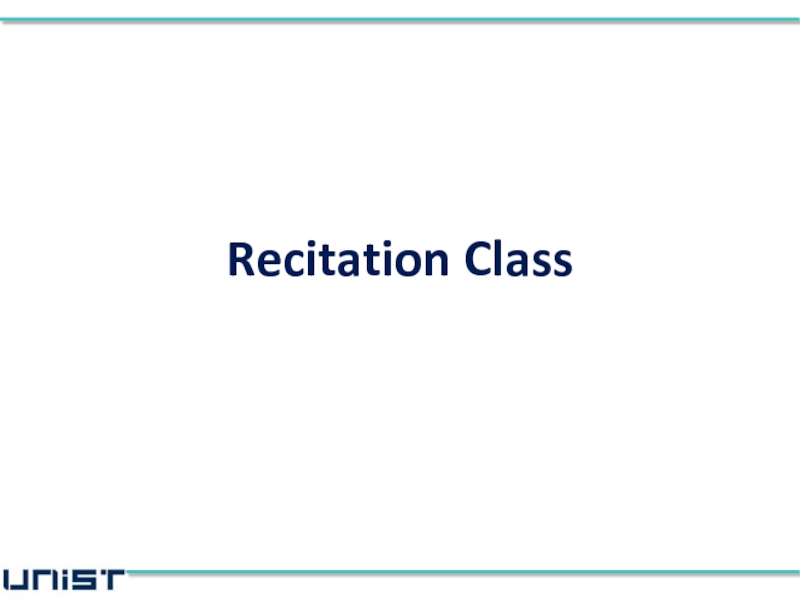
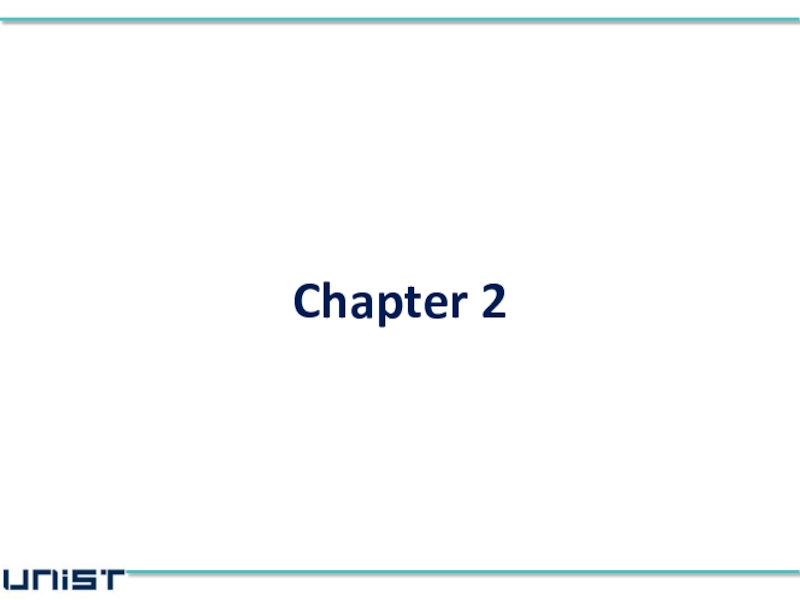
![[Problem 29] A car moving at a constant velocity of 46 m/s passes a traffic](/img/tmb/3/259401/31c98b22f9b52599fd0109f1e18d9b5d-800x.jpg)
![[Problem 29] A car moving at a constant velocity of 46 m/s passes a traffic](/img/tmb/3/259401/daf6fa5e4adc744b2ad88f330e83251a-800x.jpg)
![[Problem 58] An object falls a distance h from rest. If it travels 0.60h in](/img/tmb/3/259401/66a31d3b7433e9b61a6f07262d42594b-800x.jpg)
![[Problem 58] An object falls a distance h from rest. If it travels 0.60h in](/img/tmb/3/259401/d913a8b9635015b1a6728ef3285ce51f-800x.jpg)
![[Problem 58] An object falls a distance h from rest. If it travels 0.60h in](/img/tmb/3/259401/145e9153e4912567419a10b722dfc795-800x.jpg)
![[Problem 58] An object falls a distance h from rest. If it travels 0.60h in](/img/tmb/3/259401/f95db21fe0e0ab0a7c4cf9791996032b-800x.jpg)
![[Problem 58] An object falls a distance h from rest. If it travels 0.60h in](/img/tmb/3/259401/f68125671863b0c6795b9676cf90e616-800x.jpg)
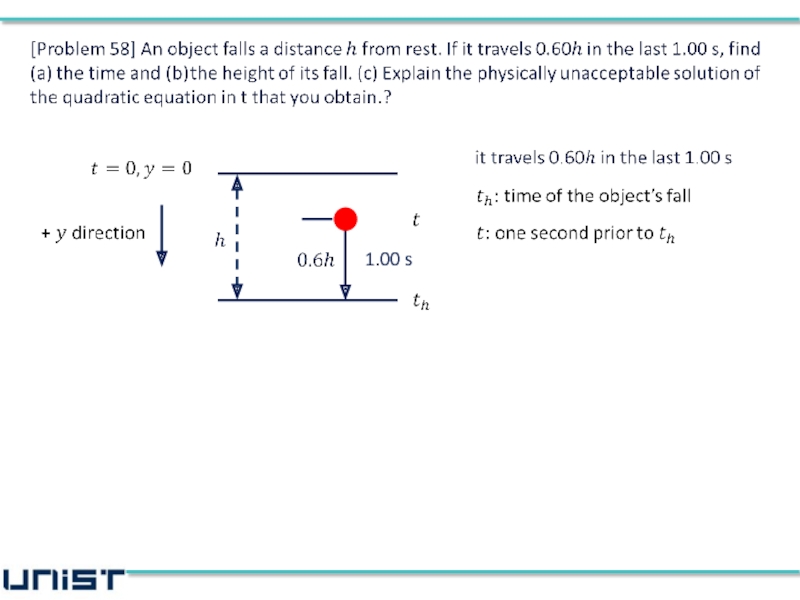

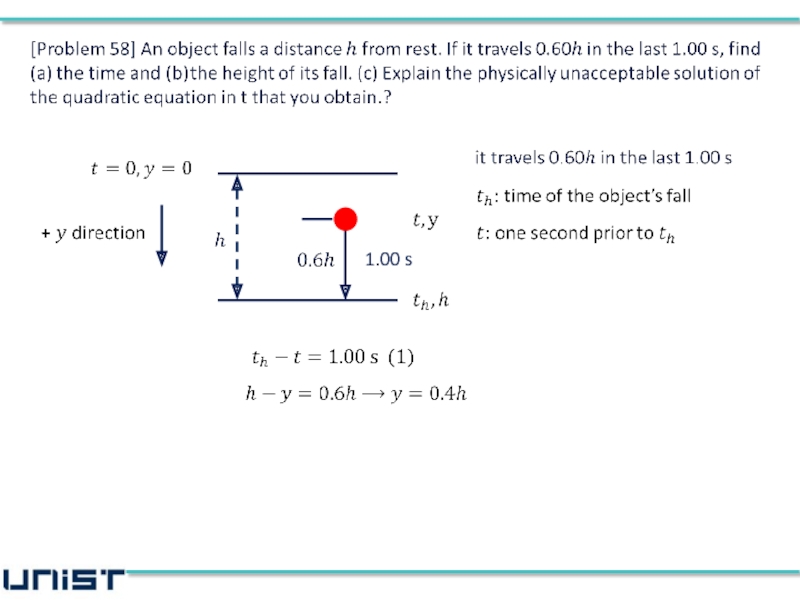
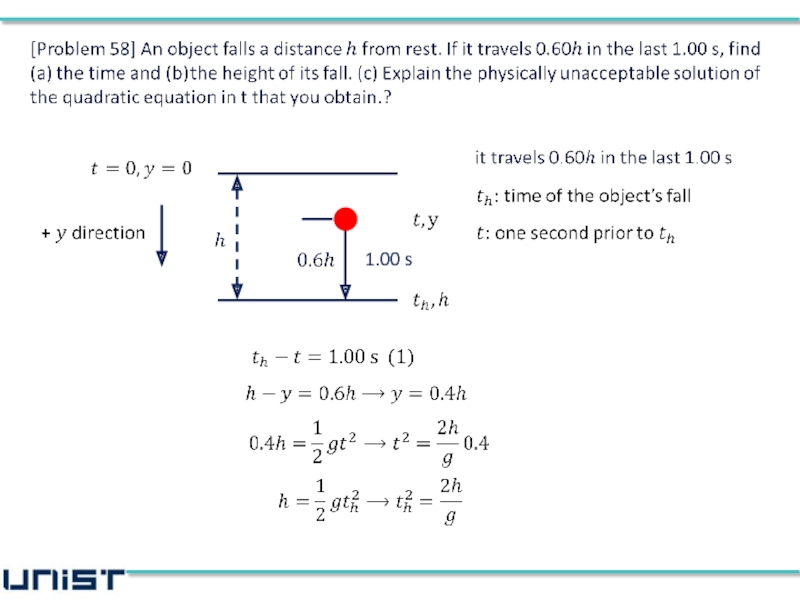
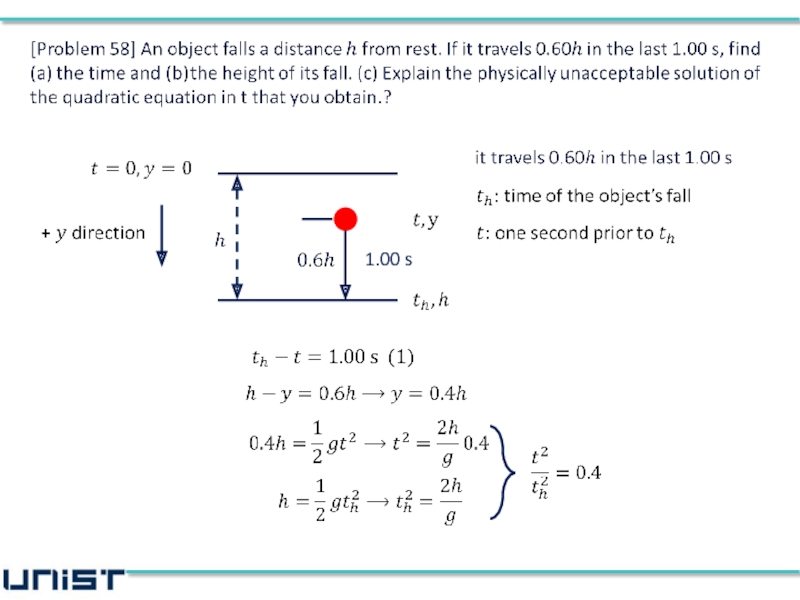
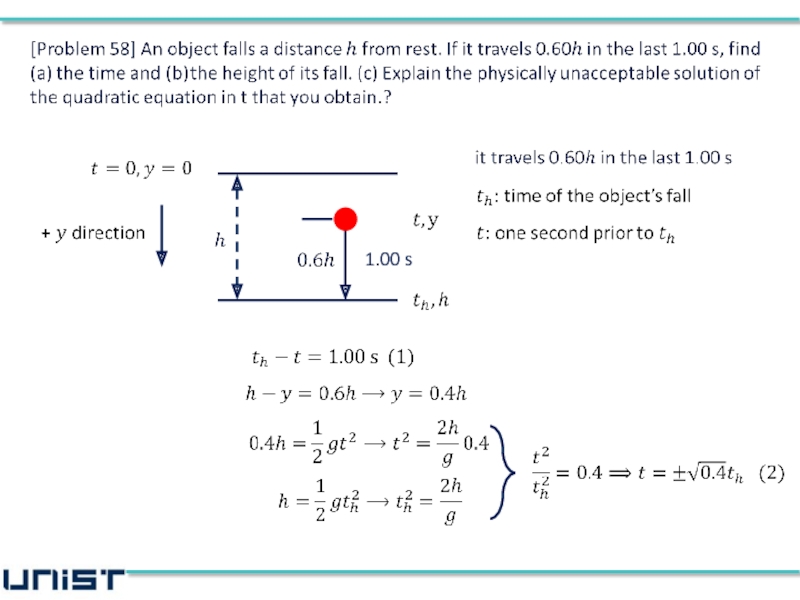
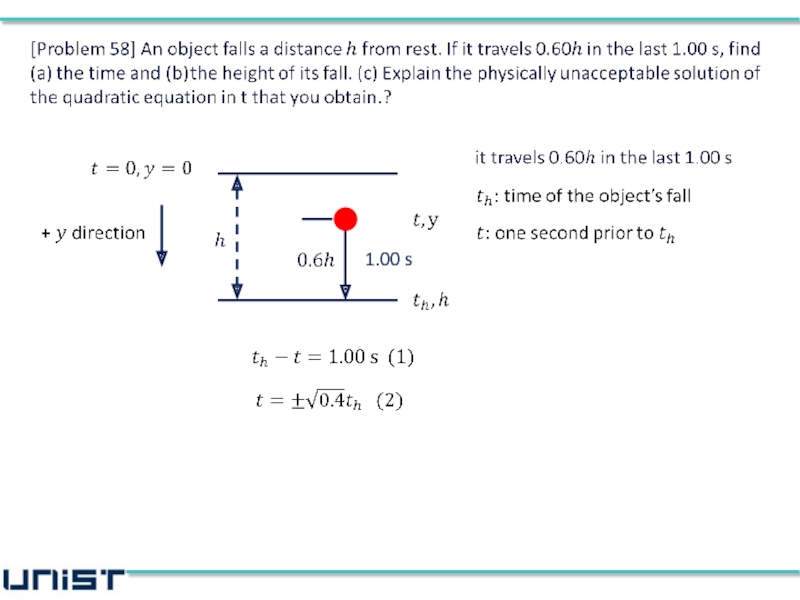
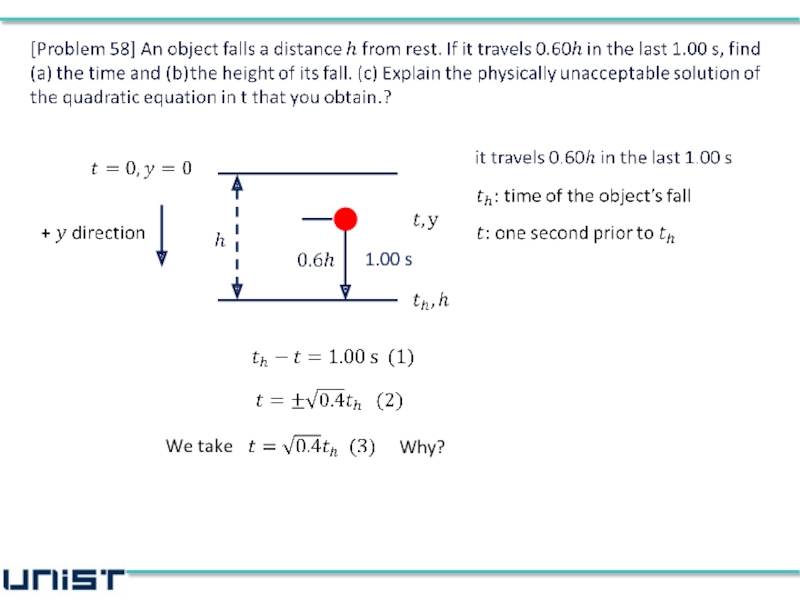
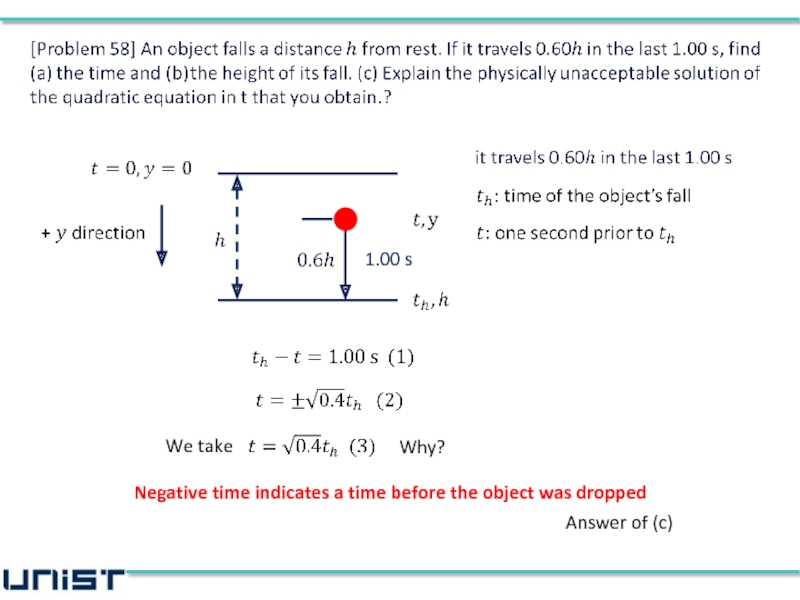
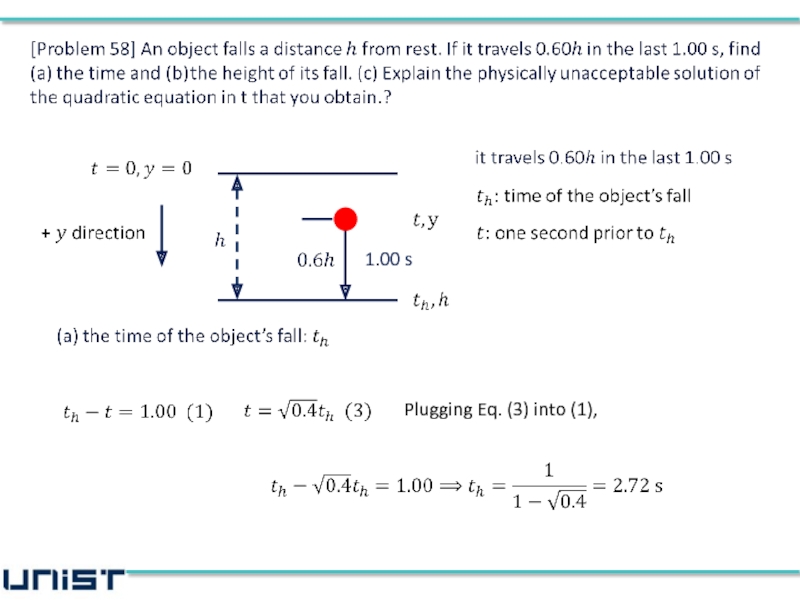
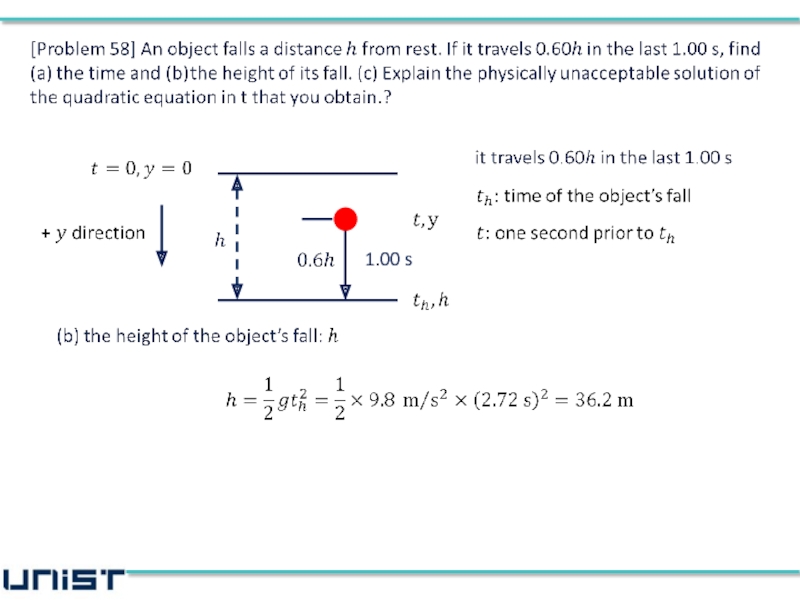
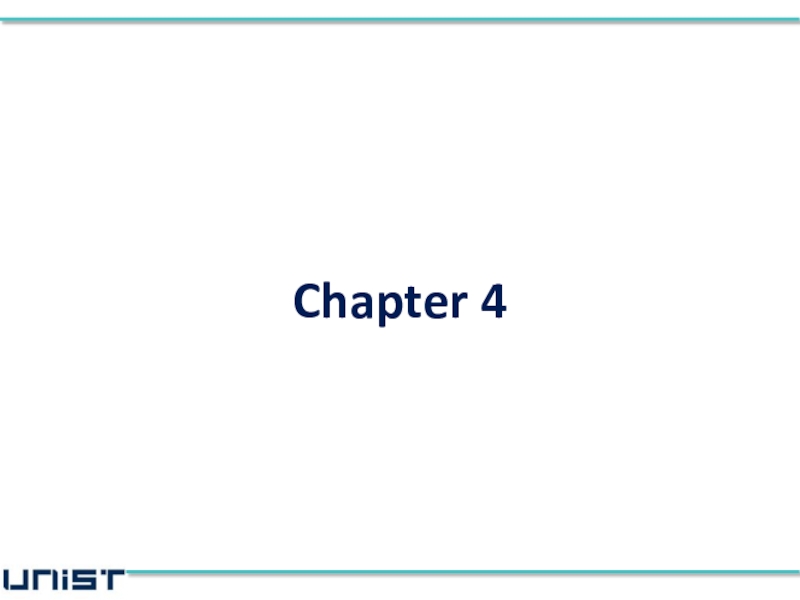
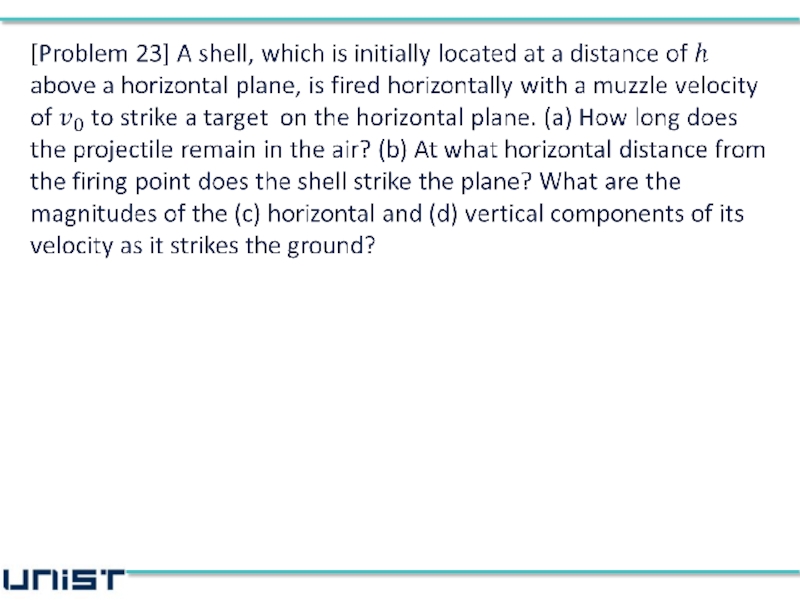
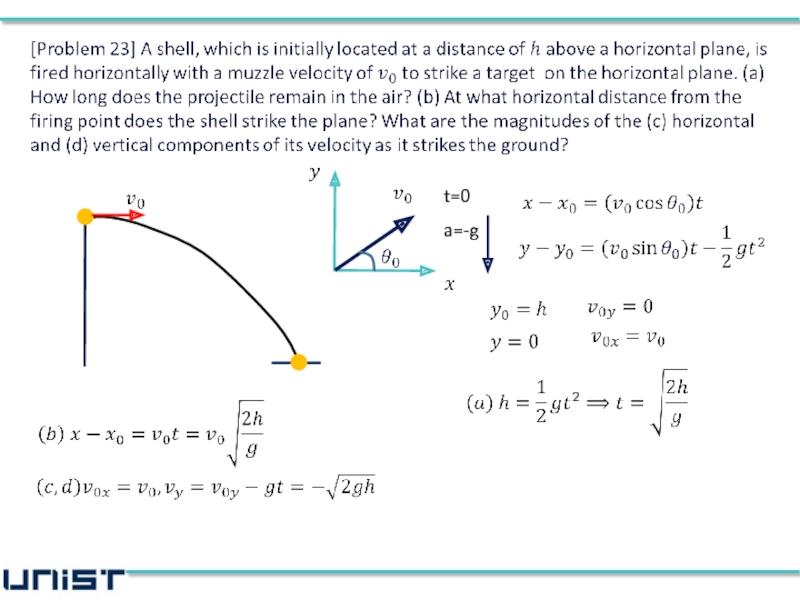
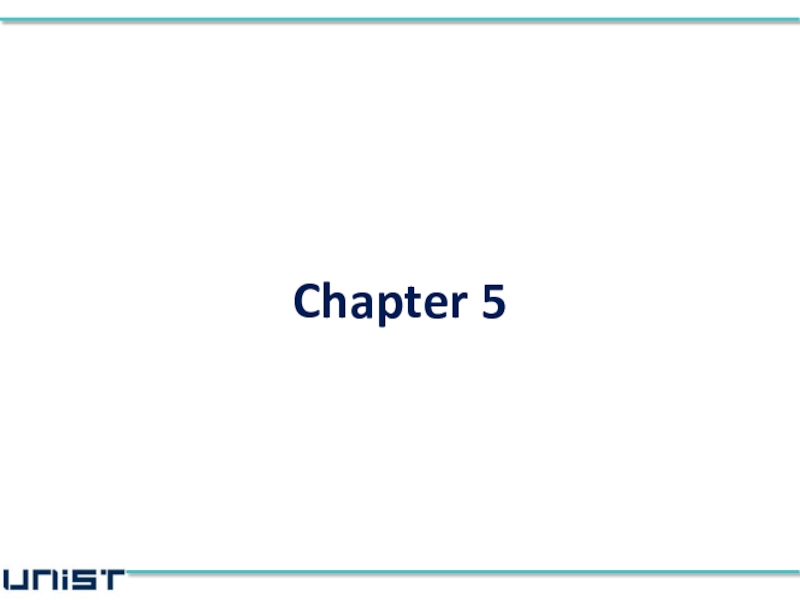
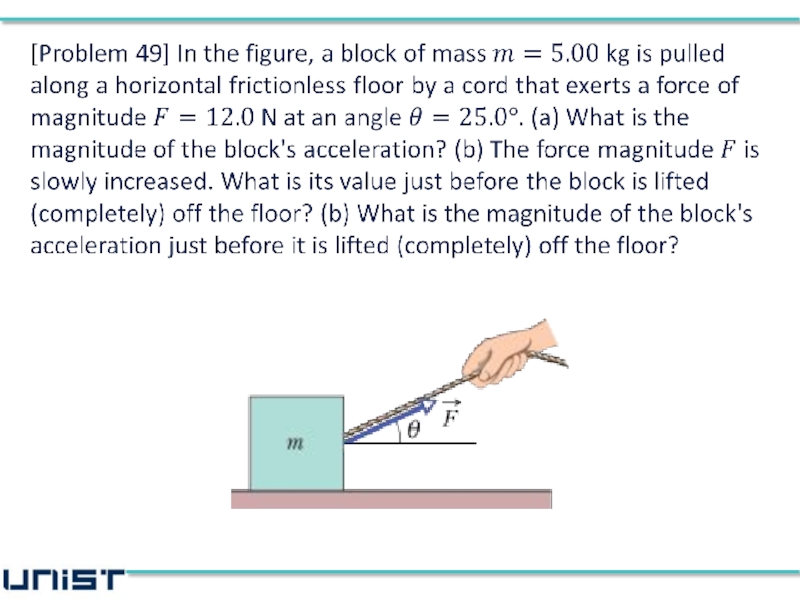
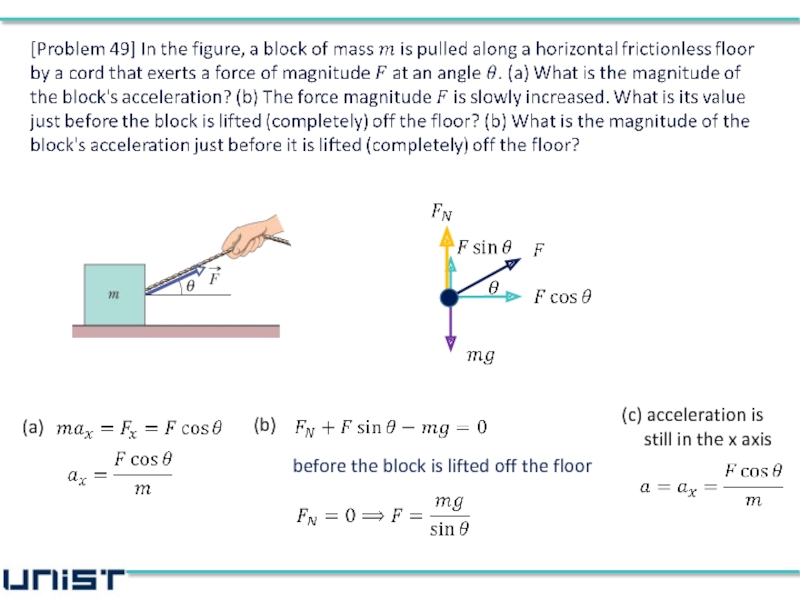
![[Problem 67] The figure shows three blocks attached by cords that loop over frictionless pulleys.](/img/tmb/3/259401/1db25f9e216539466880a88a8f7e0625-800x.jpg)
![[Problem 67] The figure shows three blocks attached by cords that loop over frictionless pulleys.](/img/tmb/3/259401/7a1356b060cb6a81c2079d7e7a8cb2ad-800x.jpg)
![[Problem 67] The figure shows three blocks attached by cords that loop over frictionless pulleys.](/img/tmb/3/259401/09334f15424172fdd63442a8335d21db-800x.jpg)
![[Problem 67] The figure shows three blocks attached by cords that loop over frictionless pulleys.](/img/tmb/3/259401/d4f2d9942aad71741bc58163ac8ca467-800x.jpg)
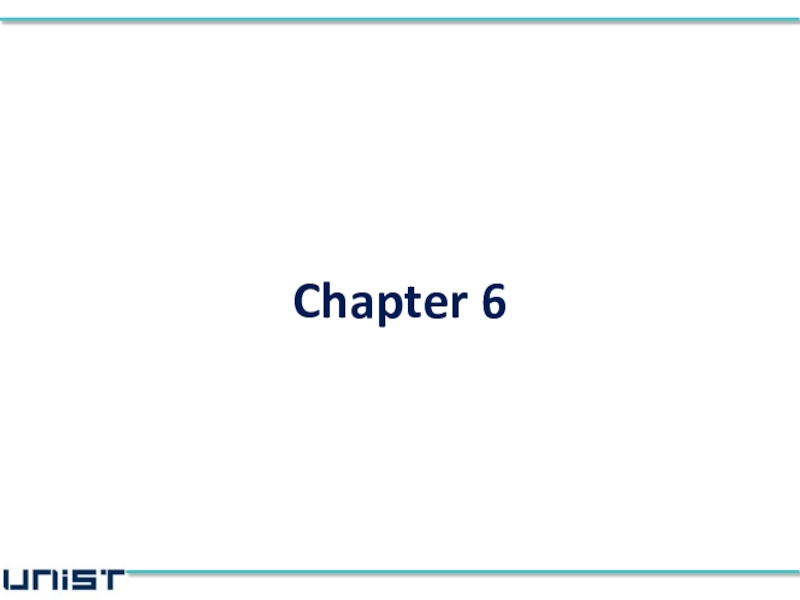
![[Problem 10] In the figure, a block of weight W experiences two applied forces, each](/img/tmb/3/259401/3fdafd1429ce4358d088b6dc71f83f25-800x.jpg)
![W/2W/2 W/4W [Problem 10] In the figure, a block of weight W experiences two applied forces, each](/img/tmb/3/259401/a2fd8ec8ba5d513a3e4dfe966ee5e5cc-800x.jpg)
![W/2W/2 W/4W [Problem 10] In the figure, a block of weight W experiences two applied forces, each](/img/tmb/3/259401/c12b37c5f2b4a88165e0be2b4bc2c541-800x.jpg)
